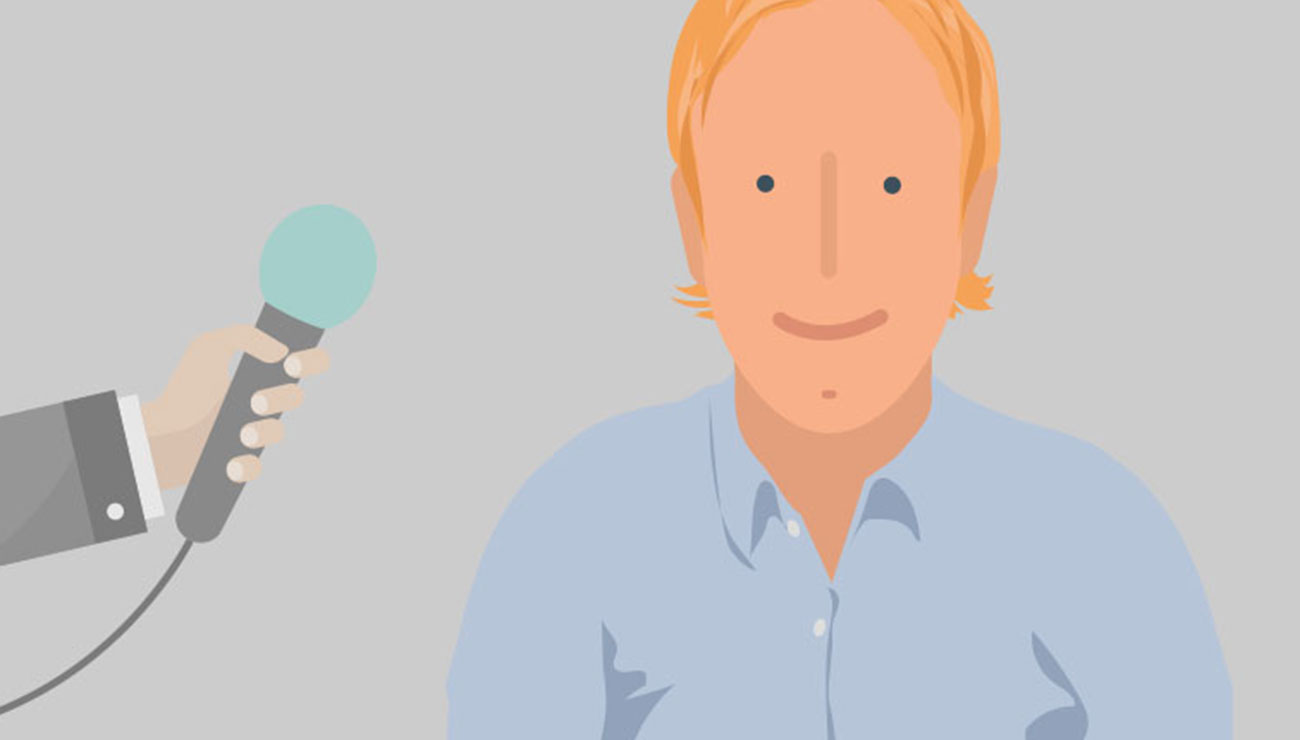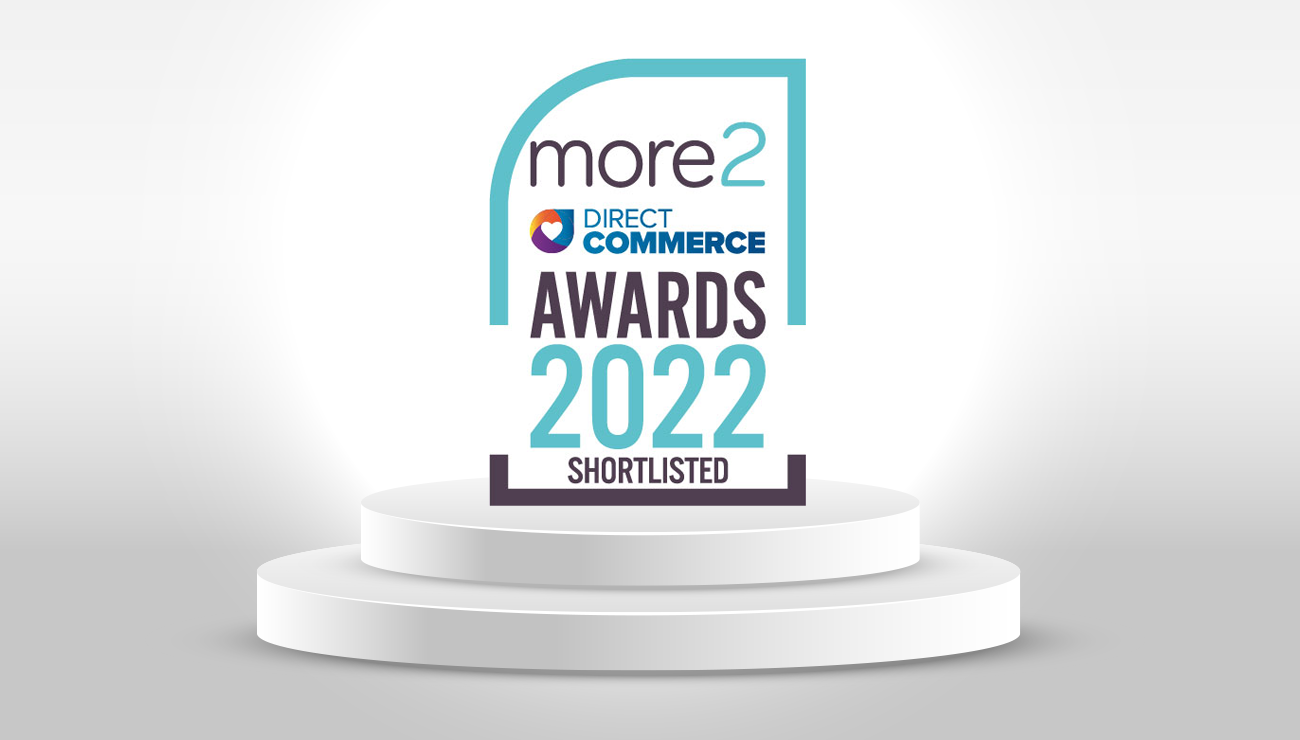Simon Drakeford Interviewed by OPI
Office Power CEO Simon Drakeford tells OPI why the Office Power model will make independent dealers more prosperous. Read extracts from the interview here. For the full interview, visit the OPI website here.
Simon Drakeford’s entrepreneurial spirit has just been recognised by his industry peers after he collected the Professional of the Year accolade at this year’s European Office Products Awards (see page 27). Not only has he overseen the growth of Euroffice in the past seven years to a £36 million ($53 million) online reseller, he is now looking to leverage its e-commerce and technology expertise in the form of Office Power, a solution for dealers to reduce fixed costs and improve profitability.
OPI caught up with Drakeford to learn more about progress at Office Power and for his thoughts on recent developments in the UK business supplies market.
OPI: We reported in January on your most recent published accounts to the end of March 2014. Can you provide an update on business since then?
Simon Drakeford: I understand where you were coming from with those numbers, but they painted a bit of a distorted picture, so I’d like the opportunity to correct that.
The first thing to say is that technology-focused businesses like ours tend to have heavy periods of investment. Last year and, to some extent, this year have been significant investment years for us in Germany and in Office Power, and that was why you saw negative figures compared to the prior year; we haven’t invested like that since I joined in 2007.
For the current financial year, revenue is generally flat year on year, while EBITDA is up around 200%. Full-year EBITDA will probably be around £2.5 million in the core trading groups. My point is that it has been a good year this year, but last year was by no means as bad as it looked.
OPI: If you strip out those investments and one-offs, how do the years compare?
SD: This year is better for two main reasons. Firstly, there was a greater impact from Spicers’ problems in the previous year and, secondly, we’ve been better at managing our margin in our core business – largely due to optimising our Google costs.
OPI: What’s your strategy for growing the core business?
SD: We think there is single-digit growth there. You could grow it dramatically, but it’s difficult to do that and sustain profit – and we want to sustain profit so that we can invest in Office Power. Most of the businesses in our sector that are really growing fast online aren’t making much, if any, profit.
So you have to get the balance right between revenue growth and profit. In the online space, with a lot of businesses operating at a loss, we’ve got to model ourselves on where we think the right level of growth is. And for us that is about contribution optimisation.
OPI: You’ve already referred to Office Power and I can sense you’re itching to talk about it! Just remind our readers about its rationale and why you took this step.
SD: Our core market has become saturated; there is increased cost, increased competition, declining revenues and margin. It’s an industry in chronic decline. Then there’s Amazon, of course. We’ve still got a massive office products industry, but one of the most challenged channels is the small dealer channel. Our strengths as a company are in marketing and technology and selling office products online, so rather than build an offline sales channel we wanted to enable one, because that’s what we’re good at.
That gives a compelling multichannel model – which is something I firmly believe in – so if a customer wants to buy online they can buy online, but at the same time if they want that person-to-person sell they can do that as well.
The timing was right for us because you’ve got to have that ‘want’ before ‘need’; I talk about a ‘want to need continuum’ of change. A lot of dealers don’t want to change, but they’re beginning to understand that it will eventually turn to a need. I think dealers are beginning to want to change.
OPI: In a lot of cases you’re asking your dealers to change their business model. That’s quite a leap of faith for them to take, isn’t it?
SD: It is, but you have to look at the alternatives. And if you look at the performance of the dealers we have on the platform, then it’s less of a leap of faith.
OPI: Do you have any numbers?
SD: We’ve got 15 dealers at the moment and going through the platform we’ve got about £5 million of contracted revenue. I’ll leave you to do the maths on the average size, but there are some bigger ones and smaller ones in there.
I think the most important number is that the average dealer net contribution is 20%. I describe that as profit after the COGS [cost of goods sold], the delivery, the customer service, debt, financial processing, administration, warehousing, etc. So that’s almost net profit before their sales costs.
OPI: What exactly are you doing for these dealers?
SD: There’s the website, of course, and the fulfilment; we do a lot of their marketing, answer the phone for them branded in their name – which no one else does; the system does a lot of query management, debt management, invoicing, cash collection, etc. It’s a fairly advanced CRM system: there’s advanced reporting and a content management system. The efficiency comes from the fact that the system replaces a lot of manual processes and does an excellent job of selling the product.
OPI: 15 dealers – that doesn’t sound a great deal.
SD: Is 15 where I want it to be? No, because there are so many dealers out there and I know that Office Power works and I can make them more prosperous.
I will admit that Office Power is currently underperforming against its potential. Awareness is our biggest problem, which is a shame because – and I know anyone would say this in my position – I believe we have the best offering. So it’s a case of getting the message out there and meeting with the dealers.
OPI: What kind of dealers are you looking to attract?
SD: At the moment our sweet spot is about £200,000-£2 million. We think there are about 1,500 of these dealers in the UK, but we will only take a dealer if we believe we can make them more prosperous – we spend a lot of time and analysis proving this.
OPI: Some say that giving up that last-mile delivery to a third party will cost dealers their identity.
SD: Euroffice is one of the most successful dealers in the UK and we’ve never had a last-mile concern, so I think that is just a perception. The reality is that quite a lot of these dealers already use drop-shipping. They keep a van for some deliveries and they can do that under our model, but they will just make less profit if they do.
I believe that you can build a stronger identity through a quality, branded website and portal than you can through a delivery vehicle. We are all about strengthening dealers’ brand identity through all touch points of our service model.
It’s a fact that with current margins going where they are going, the majority of traditional dealers will have to change if they want to survive. And the critical part is that they should change when they want to change before they need to change. If they wait until the ‘need’ stage, it’s not necessarily too late, but it’s more complicated and they will probably have already lost a significant number of customers. That’s a fact, and I’m hoping our industry isn’t too traditional to see that.
OPI: Anything you can say on your own future plans?
SD: I’m genuinely excited by Office Power and it feels like we have only just scratched the surface of what we can achieve. We have a great piece of technology that works and I’m really enjoying taking it forward. So I’m not quite ready to hang up my stationery boots just yet.
OPI: You’ve been critical of dealer groups in the past, haven’t you?
SD: This may sound strange, but I have a lot of admiration for many of the dealer groups – because they are very entrepreneurial, lifestyle businesses that have exploited a niche in the failings of the traditional wholesaler to add value. And if the wholesaler’s model is that they add value, then why do dealer groups need to exist? That’s my question.
I have been famously quoted as saying dealer groups are the ‘ugly wart on the side of the wholesaler’. That doesn’t mean to say that the groups are ugly – warts wouldn’t describe themselves as ugly, in fact they’re very efficient at growing. But the person on whom the wart grows describes them as ugly because they don’t like them there – and I think that’s how a wholesaler, in some cases, would view a dealer group.
When there was enough margin for that type of model, I can understand why they existed. Whether there is enough value add for the dealers moving forward as margins shrink and shrink is another matter.
OPI: Do you think there will be consolidation in the dealer group channel?
SD: If you think why M&A happens, there are two key reasons: either you’ve got a strategic fit or some synergies. With the lifestyle dealer groups, there’s not that much synergy in a merger. In terms of dealer groups being bought by wholesalers – which is something else that has been on the table for a long time – what would the wholesaler be buying? Essentially a relationship with the dealer, and in that case the relationship needs to be unique to the one that the wholesaler already has.
I’m not an expert by any means but I don’t see how mass consolidation of the groups could happen. I think you’ll just get them changing their business model or they’ll die. That’s something you’ll have to ask the groups themselves
OPI: What changes do you think they’ll need to make?
SD: A lot of them are trying to do what Office Power is doing. So they’ll find better ways of adding value in a modern world – where that value isn’t margin – through systems or marketing, or they’ll batten down the hatches as the tide comes in.
There’s an interesting article for OPI somewhere on the relationship between dealers and dealer groups and what the dealer benefit actually is. I’m not the right guy to ask because I’m confused by it myself. I get the co-ops because the dealers feel like they own part of it; the privately-held entrepreneurial groups, I don’t totally understand.
For the full interview, visit the OPI website here.





